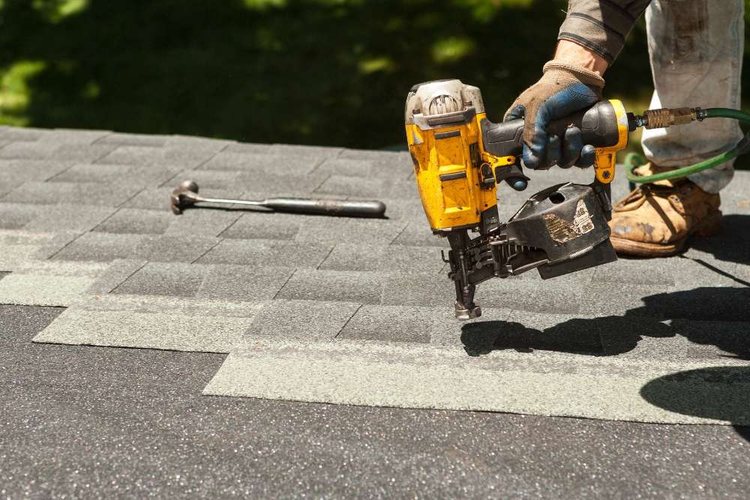Deck Surface Options: Understanding Wood and Synthetic
Choosing the right surface for an outdoor deck involves considering various materials, each with unique characteristics. Homeowners often weigh the appeal of natural wood against the practical advantages of synthetic options. This decision impacts not only the aesthetic of an outdoor living space but also its long-term maintenance requirements, durability, and overall investment. Understanding the fundamental differences between wood and synthetic decking materials is key to making an informed choice that aligns with specific needs and preferences.

Creating an inviting outdoor living area often begins with selecting the appropriate decking material. The choice between traditional wood and modern synthetic options is a significant decision for many homeowners in the United States. Each material category offers distinct benefits and considerations, influencing factors such as appearance, longevity, upkeep, and initial installation costs. Evaluating these aspects carefully can help individuals determine the best fit for their home and lifestyle.
What are Composite Decking Boards?
Composite decking boards represent a modern innovation in outdoor construction, crafted from a blend of wood fibers and recycled plastics. This combination results in a material that aims to capture some of the aesthetic qualities of wood while mitigating many of its drawbacks. Manufacturers engineer composite boards to be highly resistant to common issues affecting natural wood, such as rot, insect infestation, and splintering. The composition also contributes to enhanced durability and color retention over time, often requiring less intensive maintenance compared to traditional wood surfaces. These boards are available in a variety of colors and textures, some designed to mimic specific wood grains, offering versatility in design.
Exploring Composite Deck and Hardwood Alternatives
Beyond traditional lumber, the market offers a diverse range of materials for deck surfaces, including various wood species and composite alternatives. Hardwood alternatives, such as Ipe, Tigerwood, or Garapa, are known for their natural density and resistance to decay, offering a luxurious and highly durable option. However, these natural hardwoods often come at a higher price point and still require regular sealing or oiling to maintain their appearance. Pressure-treated pine, cedar, and redwood are more common wood choices, offering varying degrees of natural resistance and aesthetic appeal, but generally demanding consistent maintenance like staining and sealing. Composite decking, on the other hand, stands as a prominent alternative, providing a low-maintenance solution that resists fading, staining, and mold, making it a compelling choice for those seeking durability without the constant upkeep associated with wood.
A Comparison of Wood and Composite Decking
When comparing wood and composite decking, several factors come into play. Wood decking, particularly species like cedar or redwood, offers an authentic natural aesthetic that many find appealing. It can be stained or painted to match various home exteriors and can be refinished multiple times throughout its lifespan. However, wood is susceptible to weathering, requiring annual cleaning, sealing, or staining to prevent rot, warping, and insect damage. Composite decking excels in durability and low maintenance. It does not require staining, painting, or sealing, and is resistant to many of the issues that affect wood. While the initial cost of composite decking can be higher, its long-term savings on maintenance and replacement might offset the upfront investment. The environmental impact also differs, with many composite products utilizing recycled materials, while wood sourcing varies in sustainability.
| Product/Service | Provider | Key Features | Cost Estimation (Material per sq. ft.) |
|---|---|---|---|
| Pressure-Treated Pine | Local Lumberyards | Economical, readily available, paintable/stainable | $2.50 - $4.50 |
| Cedar Decking | Local Lumberyards | Natural beauty, aromatic, rot-resistant | $4.00 - $7.00 |
| Ipe Hardwood Decking | Specialty Suppliers | Extremely durable, dense, long lifespan | $12.00 - $20.00 |
| Trex Enhance Basics | Trex | Entry-level composite, minimal maintenance | $4.00 - $6.00 |
| TimberTech Pro Reserve | AZEK Building Products | Capped composite, realistic wood grain, fade-resistant | $6.00 - $9.00 |
| Fiberon Good Life | Fiberon | Solid composite, multi-chromatic colors, stain-resistant | $4.50 - $7.50 |
Prices, rates, or cost estimates mentioned in this article are based on the latest available information but may change over time. Independent research is advised before making financial decisions.
Ultimately, the decision between wood and composite decking depends on a homeowner’s priorities regarding aesthetics, maintenance commitment, and budget. Natural wood offers timeless beauty and the option for customization, albeit with ongoing upkeep. Composite materials provide a durable, low-maintenance alternative that often comes with a higher initial price but can offer long-term savings and consistent performance. Both options can create functional and attractive outdoor spaces, and understanding their individual characteristics is crucial for selecting the best fit for any property.




